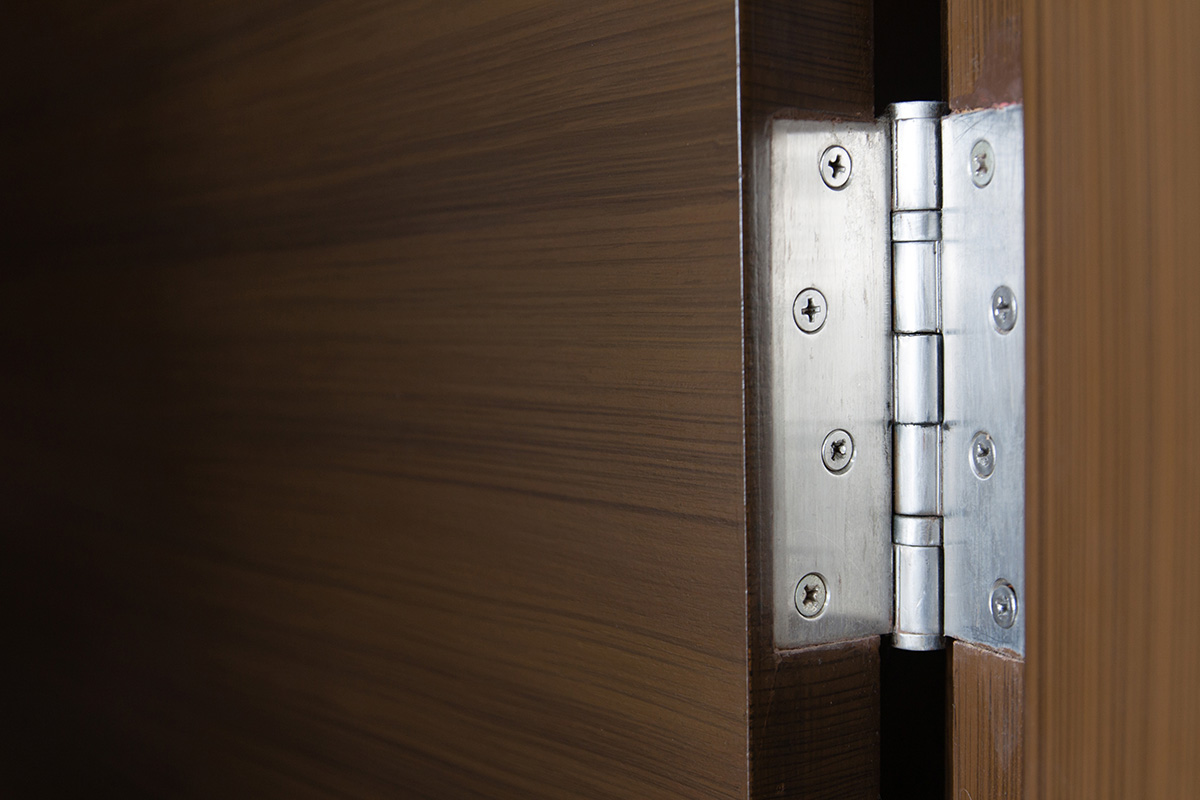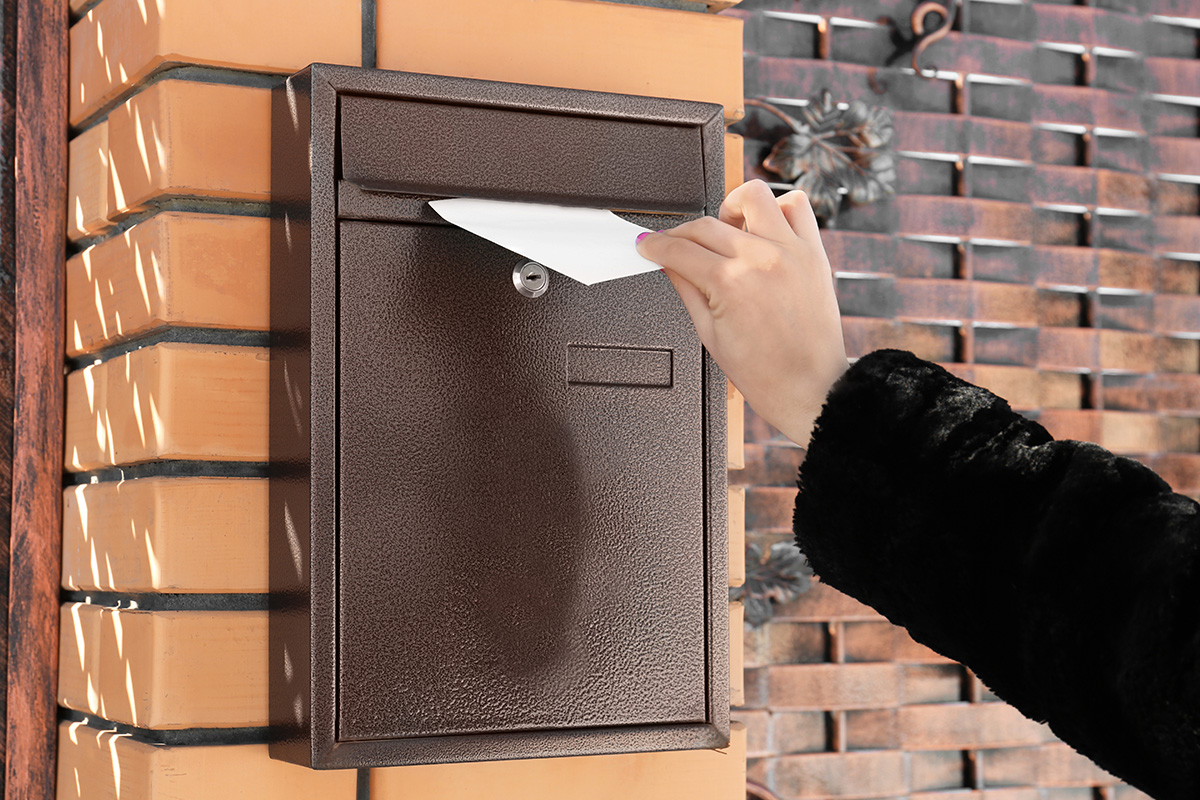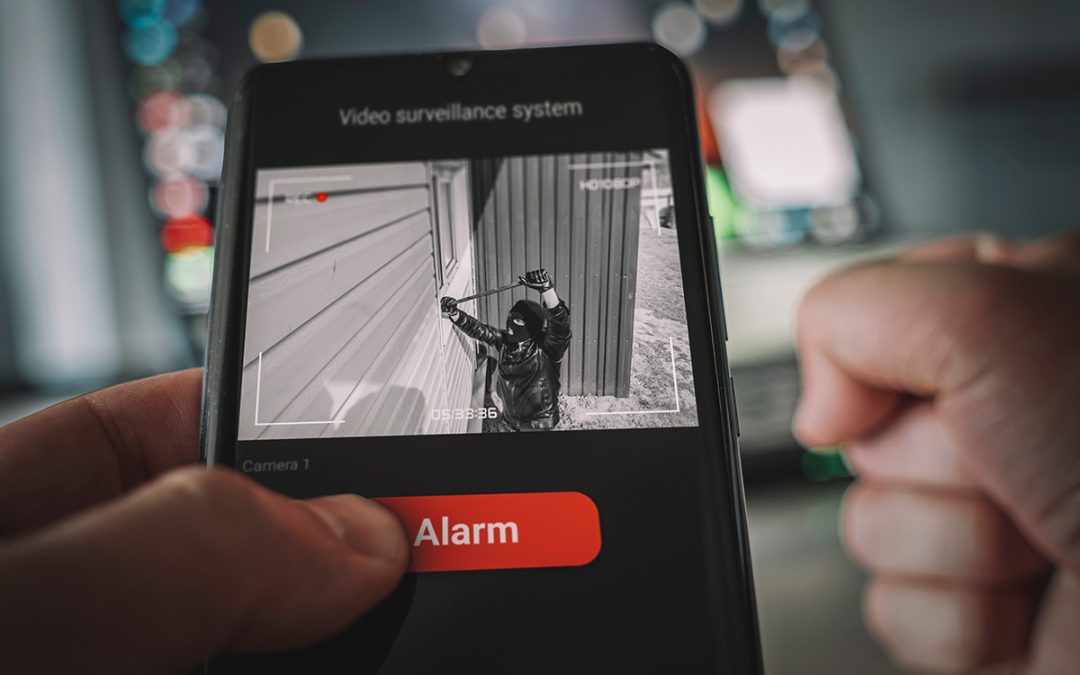20 DIY Hacks for a Theft-Proof Home
You don’t need to spend a fortune for a theft-proof home and keep burglars at bay. Here are some inexpensive (yet very effective!) DIY home security ideas.
Everyone needs to think about security and making their home as theft-proof as possible.
Law enforcement officer and Clearsurance home security expert Rick Musson says, “Your home is your retreat. It should be your safe haven. Keeping your home secure on the outside ensures you’ll be safe inside.” Musson explains, “Bolt locks are stronger than door knob locks in most situations. Ensure that your doors have good locks and that you use them.”
Trial attorney David Clark also advises, “The level of security in your home can affect your home insurance. The more you secure your home, the more likely for insurance companies to see you as low-risk.”
We’ve rounded up an affordable list of theft-proof home measures you can take to ensure your safety and peace of mind.
1. Secure Points of Entry
An easy way to create a theft-proof home is by looking for vulnerable entry points. The latches on most double-hung windows are no match for a burglar with a pry bar. Pin locks are an easy solution. To install one, all you have to do is drill a hole. If you want to lock the window in a partially opened position, drill a second hole. They work well on sliding patio doors, too.
Also check out these home security tips to protect your house and your loved ones with inexpensive, easy-to-install devices!
2. Add Motion Detector Lighting
Put motion detector lighting anywhere to create a theft-proof home. Motion detector lights are a proven crime deterrent, and standard hard-wired models are inexpensive. If running a power supply would be difficult, buy ones that run on solar power like this AmeriTop Solar Light.
3. Use Tamper-Proof Screws
Your locked shed seems secure, but an experienced thief can bypass the lock by using a screwdriver to remove hinges and other hardware with exposed screw heads. Consider installing Allen head, Torx head or hex-head cap screws instead of standard Phillips head screws to foil would-be thieves. You can also order these tamper-proof security screws—they require special removal tools that an opportunistic thief is unlikely to have. Here are a few tips for tool security.

4. Secure Door Hinges
Shed doors usually swing out, so the hinge pins are accessible from outside. All a thief has to do is pop out the pins and remove the door. To stop this, buy a Penrod security hinge with tamper-proof pins.
You can also retrofit an existing hinge by removing the centre screws on both sides, inserting a finish screw through one side and allowing it to protrude about 1/4-inch. Drill out the receiving hole slightly so that when the door is closed the finish screw head engages the other hinge. That way, even if the hinge pin is removed, the door can’t be taken off. Before you move ahead, here’s what you need to know about apartment door security.
5. Install Alarms
Keeping doors and windows locked is your first line of defense. Make wireless alarms your second. Burglars hate noises, so even a small alarm like these Bunker Hill Security alarms usually sends them running. Keep in mind that these types of alarms don’t provide the same security as professionally installed and monitored systems since the wireless devices activate by doors or windows opening (not glass breaking). Oh, and keep the rest of your stuff in the yard safe with these locks that cannot be cut with bolt cutters.
6. Reinforce Locks
You can spend hundreds on a fancy “pick-proof” deadbolt for your front door, but that won’t stop most burglars. The truth is, most don’t know how to pick a lock. They gain entry with one well-placed kick or body slam that splits the doorjamb (and often the door as well), and they walk right in. The good news is that you can stop burglars in their tracks by beefing up your door and jamb with Door Armor hardware. This hardware installs in less than 30 minutes and features 16-gauge galvanised steel.

7. Choose Locks with Thicker Shackles
“A determined thief with an angle grinder and enough time can cut through nearly any lock,” says Master Lock’s Justin Matuszek. “But more often than not, the thief has a bolt cutter and is trying to work fast.”
Matuszek says the thicker a lock’s shackle and the less it’s exposed, the more secure the lock is from bolt cutters. And the kind of locking mechanism makes a difference in how easily a lock can be picked. Luckily, the Master Lock Magnum keyed padlock and the Master Lock ProSeries Combination Lock both resist bolt cutters.
8. Add a Deadbolt Protection Device
To deter thieves who can pick a lock, reinforce your deadbolt. Hold the door firmly in place with a deadbolt protection device that slides a ‘lock’ over the deadbolt handle to keep it from turning.
9. Reinforce Your Door’s Weak Point
Reinforcing your door’s weak spot, the jamb, with a heavy-duty strike plate and extra-long screws gives it the added strength needed to withstand a burglar trying to kick in your door. If your deadbolt was installed within the last 10 years, it’s probably already reinforced. To check, simply remove the strike plate. If it’s heavy steel with at least 3-inch screws or has a heavy reinforcing plate, you can rest easy.
If not, buy the Defender Security strike plate reinforcing hardware. To install, remove the old strike plate, then hold the new one in place and deeply score around it. Chisel out space for the new plate, then mount it by driving 3-inch screws through predrilled holes. For a little bit of money, you get a lot of peace of mind.
10. Install Foot Locks on Patio Doors
Patio door locks are easy to pick. Fortunately, there’s a way to get the security you need. Andersen’s auxiliary foot lock fastens along the bottom of the door and has a bolt that fits into a grommet to hold the door secure.
A similar lock, the Door Guardian, attaches at the top of the door. Both locks allow the door to open three inches without compromising security. Installation takes about 10 minutes. Screw the bracket containing the pin to the door, then drill holes and insert grommets in the track for the pin to slide into.
11. Or Use a Dowel
“Like a lot of folks, we needed something to secure our sliding patio door. But I wanted it to be a little more stylish than a 2×4 or an ugly metal bar. So I picked up an oak handrail and stained and sealed it. I finished it with an attractive drawer pull. It works great, it’s easy to handle and it gets tons of compliments from everyone who sees it.” — Family Handyman reader Ryan Velthuis. For an easy DIY project, grab a Woodpecker wood dowel from Amazon and keep intruders out.
12. Make Your Locks Tamper-Proof
The Kryptonite Anchor Bike lock uses a clever, tamper-resistant system that involves drilling three holes and installing bolts to anchor the heavy-duty security hook to cement for a permanent locking system. A dome covers the hook and bolts. The anchor also works in truck beds or on other surfaces using fasteners. The instructions are clear, the design is clean and simple, and it comes with a lifetime warranty.

13. Purchase a Safe Box
A safe is a surefire way to secure your valuables if someone does manage to get inside your house. The SentrySafe Box is compact, waterproof and fireproof, and features a digital lock. Install the wall safe or cylinder floor safe by bolting it to the floor (most safes have holes inside for just that purpose). Hide it in the corner of a closet or other inconspicuous area, or mount the wall safe inside a wall and cover it with a picture.
14. Use a Durable Lock Box
Hiding a house key is risky business. Clever (or lucky) burglars sometimes find hidden keys. And insurance companies may refuse to cover your losses if there’s no sign of forced entry. The solution is a Rudy Run combination lock box. Screw it to a fence post or your house in an inconspicuous spot. But don’t use the short, wimpy screws provided by the manufacturer. A crook could pry off the box, take it home, and patiently saw it open. Instead, use four 10-inch-by-2-inch screws, preferably stainless steel.
15. Install Security Cameras
This Blink wireless security camera system is a three-camera package that requires AA batteries and a Wi-Fi connection to operate. It can cover a lot of square footage of your home, with each device featuring built-in sensors that are triggered by motion. Upon detecting an intruder’s movement, the alarm goes off, a notification alerts your smartphone and a short video clip of the event uploads to Blink’s cloud storage. You can even integrate the security cameras with Amazon Alexa-enabled devices.
16. Add a Useful Peephole
Never open a door unless you know who’s on the other side. A peephole lets you see who’s there, but entry doors don’t come with peepholes, and a lot of peepholes are so tiny that they don’t clearly show you who’s out there. Strangers can hide slightly out of view or appear so distorted that they’re hard to identify. The Sumnacon Safety Door Viewer has a 220-degree view to keep you informed.

17. Use a Secure Mailbox
Mail theft is a growing problem since unsecured mailboxes are easy targets. One way to keep thieves from stealing your mail—checks, credit card offers, and personal information—is to use a security mailbox. Once the mail is dropped in, you need a key to open the box. Just screw it to the wall or post as you would with a standard mailbox.
18. Swap Out Your Garage Door Remote
A thief who breaks into your car can use the garage door remote on your visor for easy access to your home. This isn’t just a problem when your car is parked in the driveway; the registration card in your glove box also gives a crook your address.
Instead, use a keychain remote and take it with you every time you leave the car. This wireless remote is compatible with most major brand garage doors. Its compact size easily fits in your pocket and won’t clutter your keychain.
19. Secure the Overhead Door
Some people “lock” the overhead garage door when they go on vacation by unplugging the opener. That’s a good idea, but physically locking the door is even better. An unplugged opener won’t stop a burglar who has entered the house from opening the garage door from inside, backing in a van and using the garage as a loading dock for their plunder. Make a burglar’s job more difficult and time-consuming by locking the door itself. If your door doesn’t have a lockable latch, drill a hole in the track just above one of the rollers and slip in a padlock.
20. Install an Adjustable Lock for the Air Conditioner
Theft-proof your house or apartment by paying attention to your AC unit. Trial attorney David Clark cautions readers, “Air conditioning units are not only a target, but having an AC unit removed from your window creates a highly vulnerable access point to your home. That being said, an AC guard cage can help secure a window-mounted air conditioner, preventing criminals from stealing your unit. At the same time, make sure you fit an AC window lock to the bottom of your window and lock it in place.”
This handy adjustable security bar comes in two sizes and locks in place. It’s easy to install and stops forced entry. While you’re at it, check out these ways to hide an AC unit outside.
For more information on a Theft-Proof Home contact Soteria Safes.
For more information on Safe Deposit Boxes and Safety Deposit Box Services contact Soteria Safes.
The original version of this article was published in www.familyhandyman.com


Recent Comments